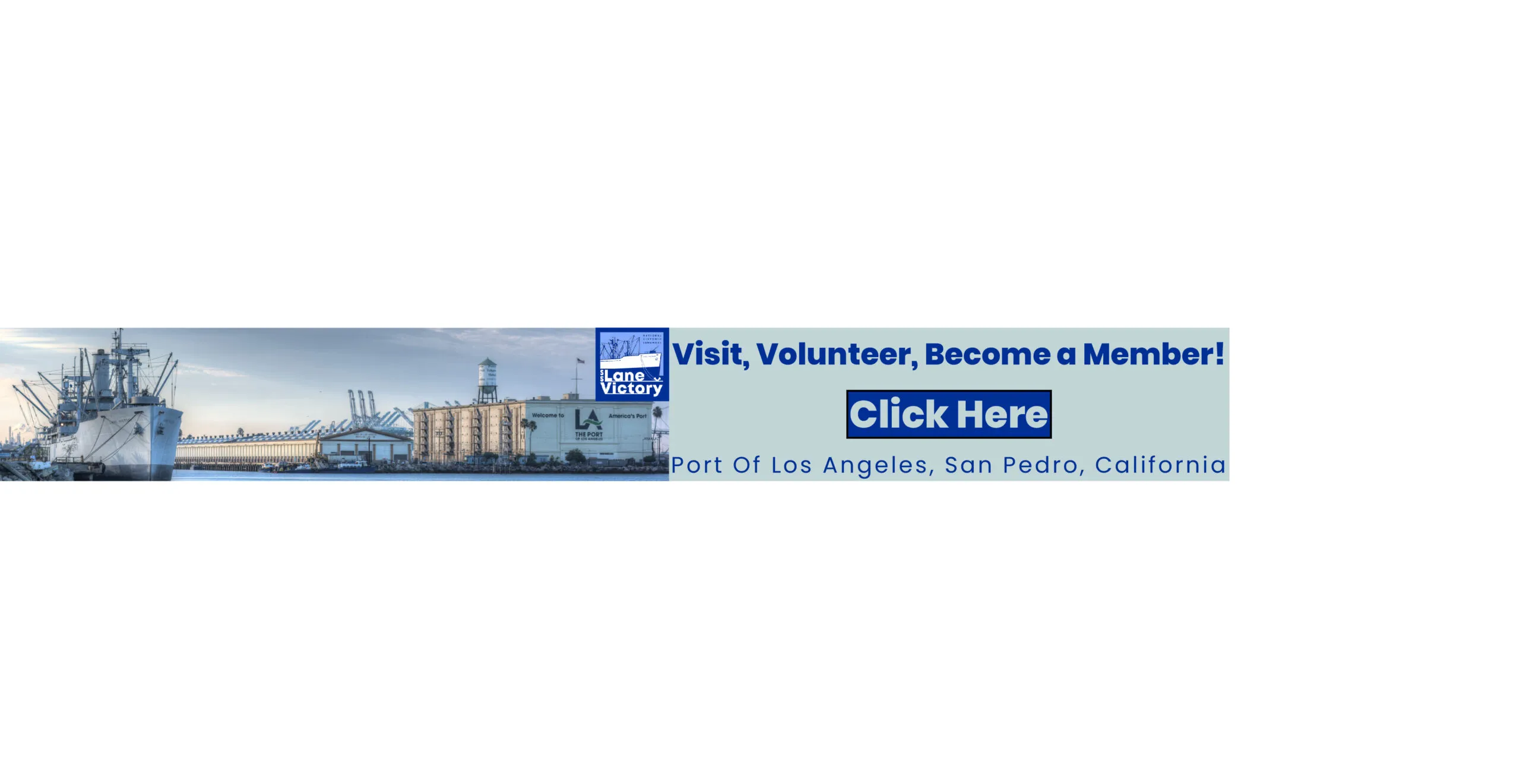As the Clean Truck Fund Rate program enters its fourth year, the Port of Long Beach plans to spend up to 70% of the fund’s annual budget on incentives for purchasing zero-emissions trucks. The move shifts the port’s focus back to fleet turnover now that numerous ZE charging and fueling projects are moving forward or already open.
“Over the past two years, numerous charging stations have opened in and around our Port and in the Inland Empire,” said Port CEO Mario Cordero. “Our trucking partners can now invest in more zero-emission trucks with greater confidence.”
The CTF Rate Program
Under the CTF Rate program, the ports of Long Beach and Los Angeles collect $10 for each loaded twenty-foot-equivalent-unit container hauled by truck through their marine terminals. Cargo owners pay the rate; ZE trucks are permanently exempt. Each port has its own rules giving temporary exemptions for cargo hauled by low-emission trucks.
The ports began collecting the rate on April 1, 2022, to fund incentives that help pay for ZE trucks and the infrastructure needed to charge and fuel them. The incentives were developed to lower the high upfront cost of a ZE truck to that of a new diesel model in order to accelerate transitioning the drayage fleet to ZE trucks by 2035. CTF revenue also supports technology demonstrations and pilots.
For the first year, the Port of Long Beach allocated 65% of its CTF spending budget for ZE truck purchases. But prospective buyers were hesitant to purchase new trucks without more fueling and charging stations to power them.
In response, the Port of Long Beach allocated 75% of its CTF spending budget for infrastructure projects during the program’s second and third years. Since then, 102 electric charging units have opened in the Long Beach harbor district, construction is underway for another 118 units, and the port is negotiating with other developers to build additional charging depots. Another 147 charging units are either operational or under construction at six locations near the Port or in San Bernardino County.
As of January 2025, the Port of Long Beach alone has collected $110 million in CTF revenues and distributed about 46% of the funding. More than $31 million has paid for new ZE truck vouchers, $18 million has helped fund charging and fueling infrastructure, and $1.5 million has supported technology demonstrations and pilots. An additional $20 million is allocated for additional charging infrastructure, pending contract approvals.
Pooling Resources and Getting Results
Where possible, the ports of Long Beach and Los Angeles have leveraged their resources by joining with other public agencies and private partners to put more ZE trucks in service and build more charging and fueling infrastructure. Successful initiatives include combining the two ports’ incentive dollars with those available through the California Air Resources Board’s hybrid and zero-emission voucher incentive program.
Pooling resources has allowed the ports and CARB to offer vouchers that pay for up to 90% of a new battery-electric Class 8 truck, which averages more than $400,000, or a new hydrogen fueled Class 8 truck, which averages $750,000, funding 800 ZE trucks. A new diesel model costs about $180,000. Thanks to HVIP and other grant programs, more than 500 ZE drayage trucks are now in service and more are on the way. As of December, CARB had allocated all its HVIP funds.
The ports’ other public partners include Southern California Edison and the Mobile Source Air Pollution Reductions Review Committee. MSRC is made up of CARB, the South Coast Air Quality Management District and South Coast Air Basin transportation agencies.
In partnership with the Port of Los Angeles, the Port of Long Beach continues to aggressively pursue its ZE truck goals despite regulatory and policy uncertainties changing the market for Class 8 ZE trucks. Although California’s proposed budget for the coming fiscal year includes $45 million for drayage truck incentives, CARB’s advanced clean fleet regulation requiring all new trucks entering drayage service in California to be ZE models by 2035 is now on hold. Also, two hydrogen truck manufacturers have filed for bankruptcy.
Such challenges aren’t new to the San Pedro Bay ports, whose track record on cutting pollution from ships, trucks, trains, harbor craft and cargo handling equipment speaks for itself, Port CEO Cordero said. Under the clean air action plan, the Port of Long Beach has cut emissions of diesel particulate matter 92%, nitrogen oxides 71% and sulfur oxides 98% from all port-related sources while moving 20% more containerized cargo since 2005. The Port of Los Angeles has had similar success.



